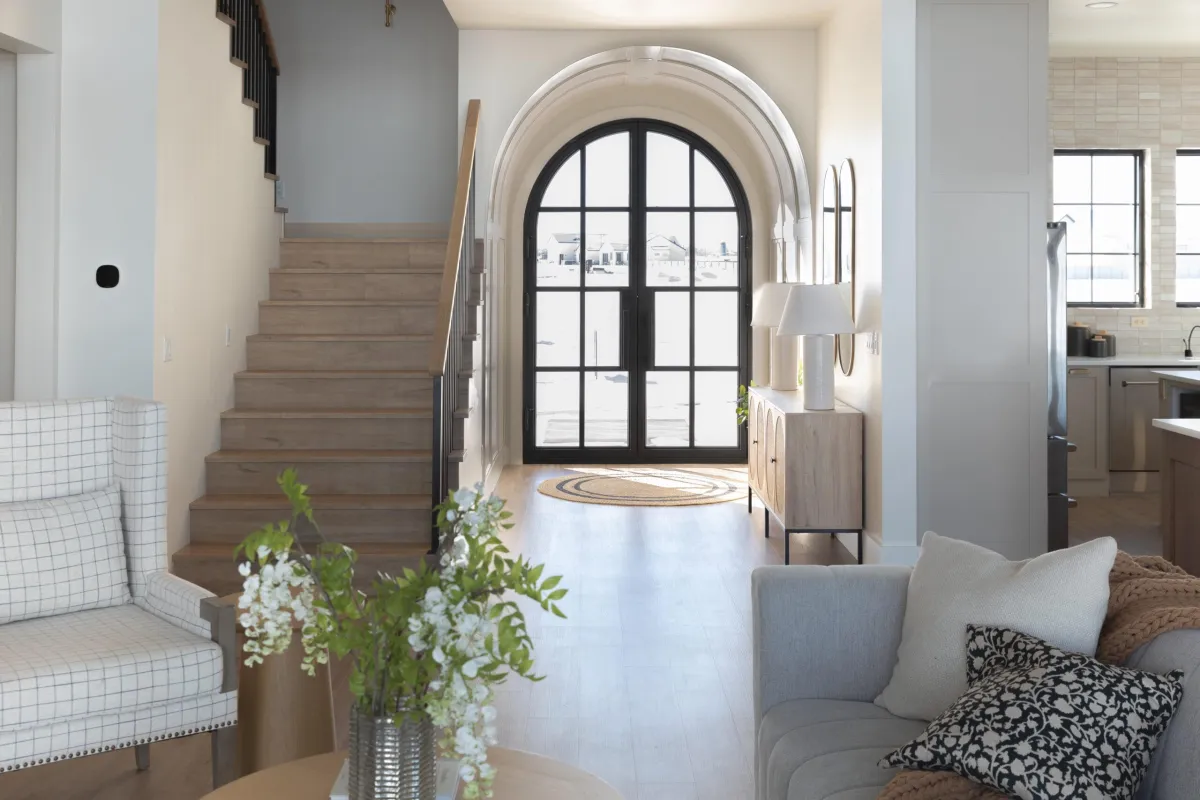
5 interior decorating painting ideas
Looking to refresh your home’s interior with stylish paint choices? Here are 5 interior decorating painting ideas to transform each room of your house.
Kitchen
Warm neutrals like beige or soft gray create a cozy and inviting space.
Bold accent walls in navy blue or emerald green add depth and sophistication.
Two-tone cabinets with a contrasting color for upper and lower cabinets bring modern elegance.
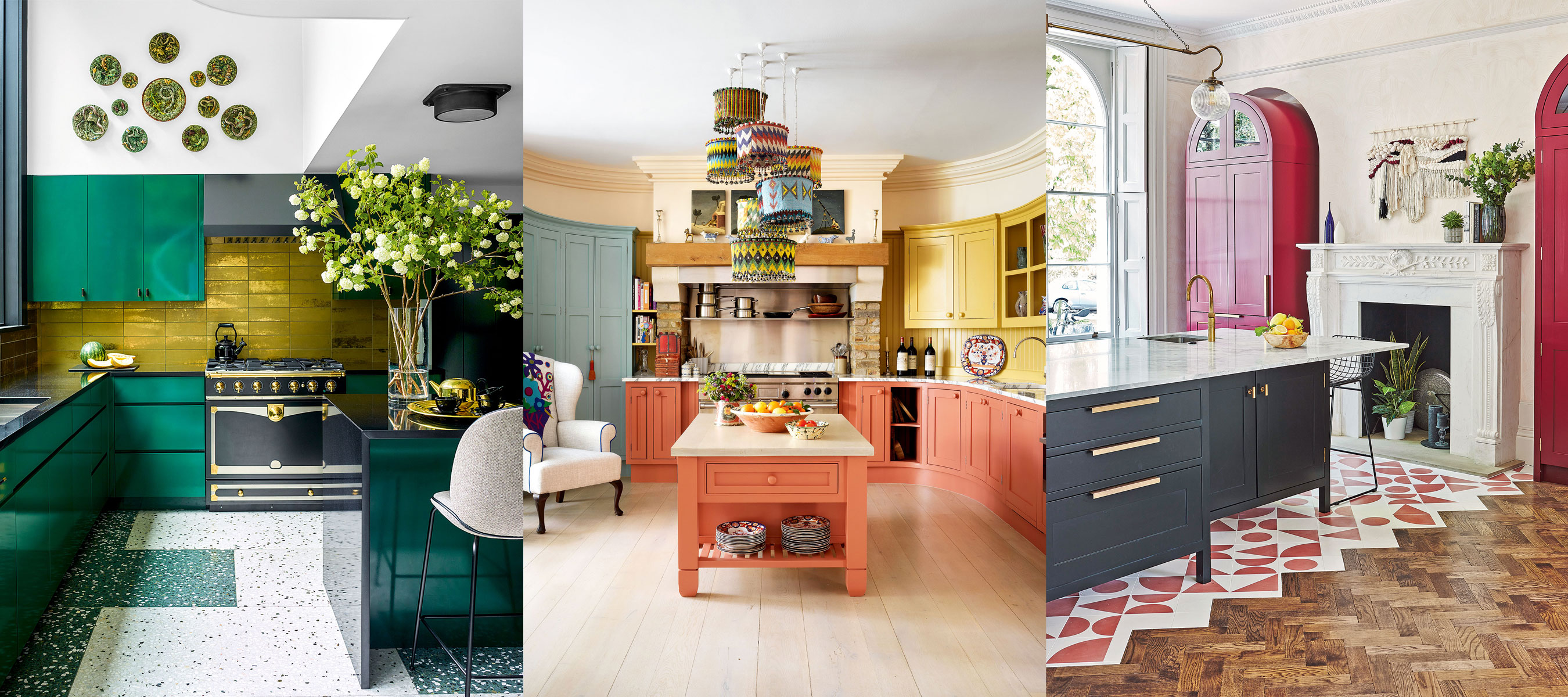
Dining room
Rich, deep hues like burgundy or dark green set a dramatic tone.
Muted pastels provide a light, airy ambiance for casual dining spaces.
Classic white or off-white keeps the space timeless and versatile.
Living room
Earthy tones like warm taupe or sandy beige create a relaxed, natural look.
Contrasting feature walls in darker tones help define the space.
Soft blues and greens add a calming, welcoming feel.
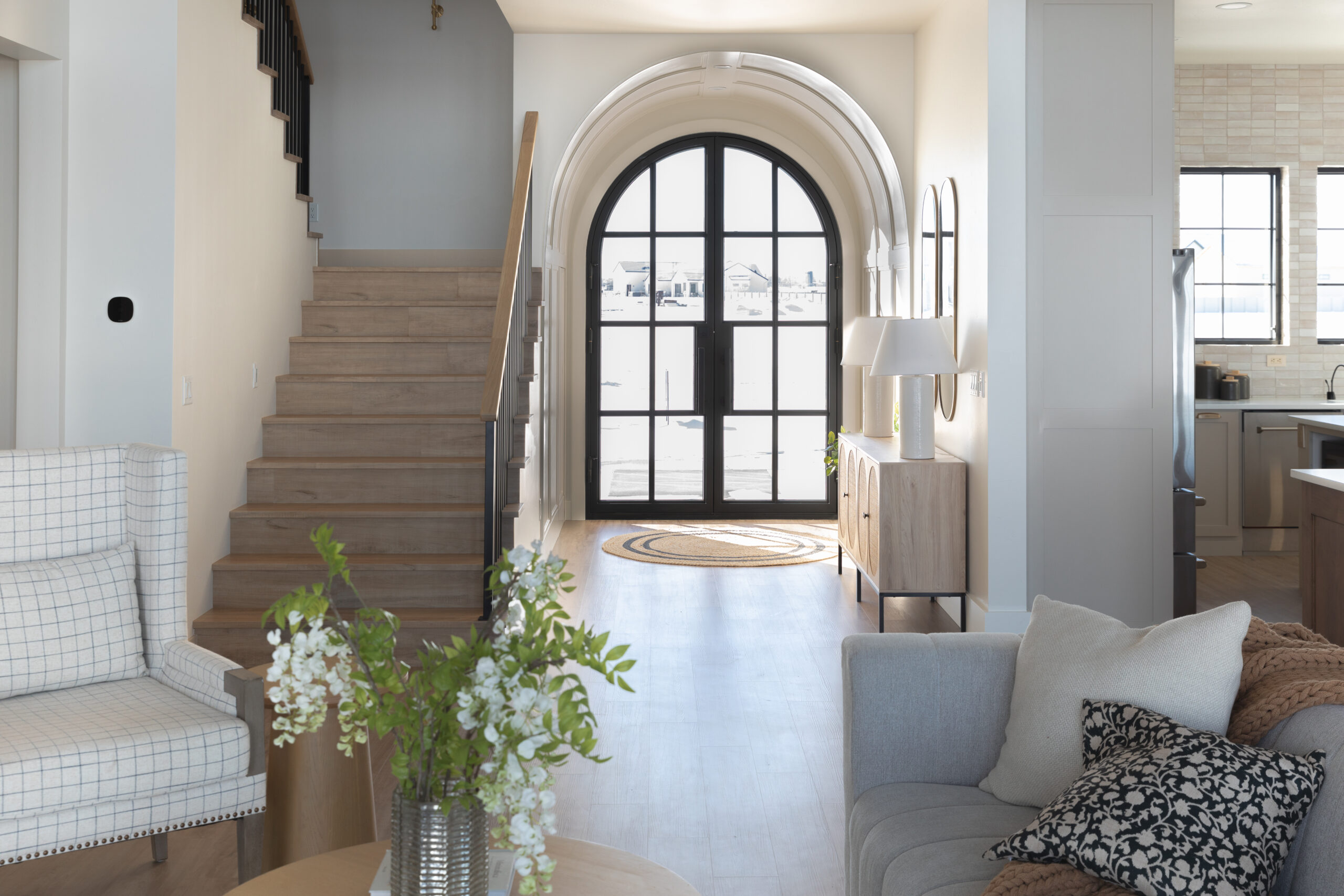
Bathroom
Crisp white with soft grays offers a clean, spa-like atmosphere.
Deep navy or charcoal provides a sophisticated, modern touch.
Pastel hues like mint green or blush pink enhance small bathroom spaces.
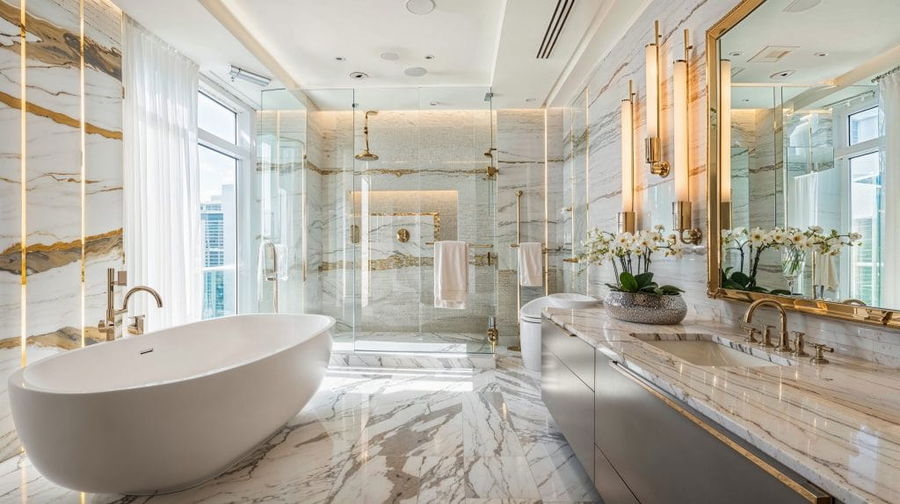
Bedroom
Serene blues and greens promote relaxation and restful sleep.
Warm earth tones like terracotta or sand bring coziness.
Dark accent walls contrast beautifully with neutral bedding and decor.
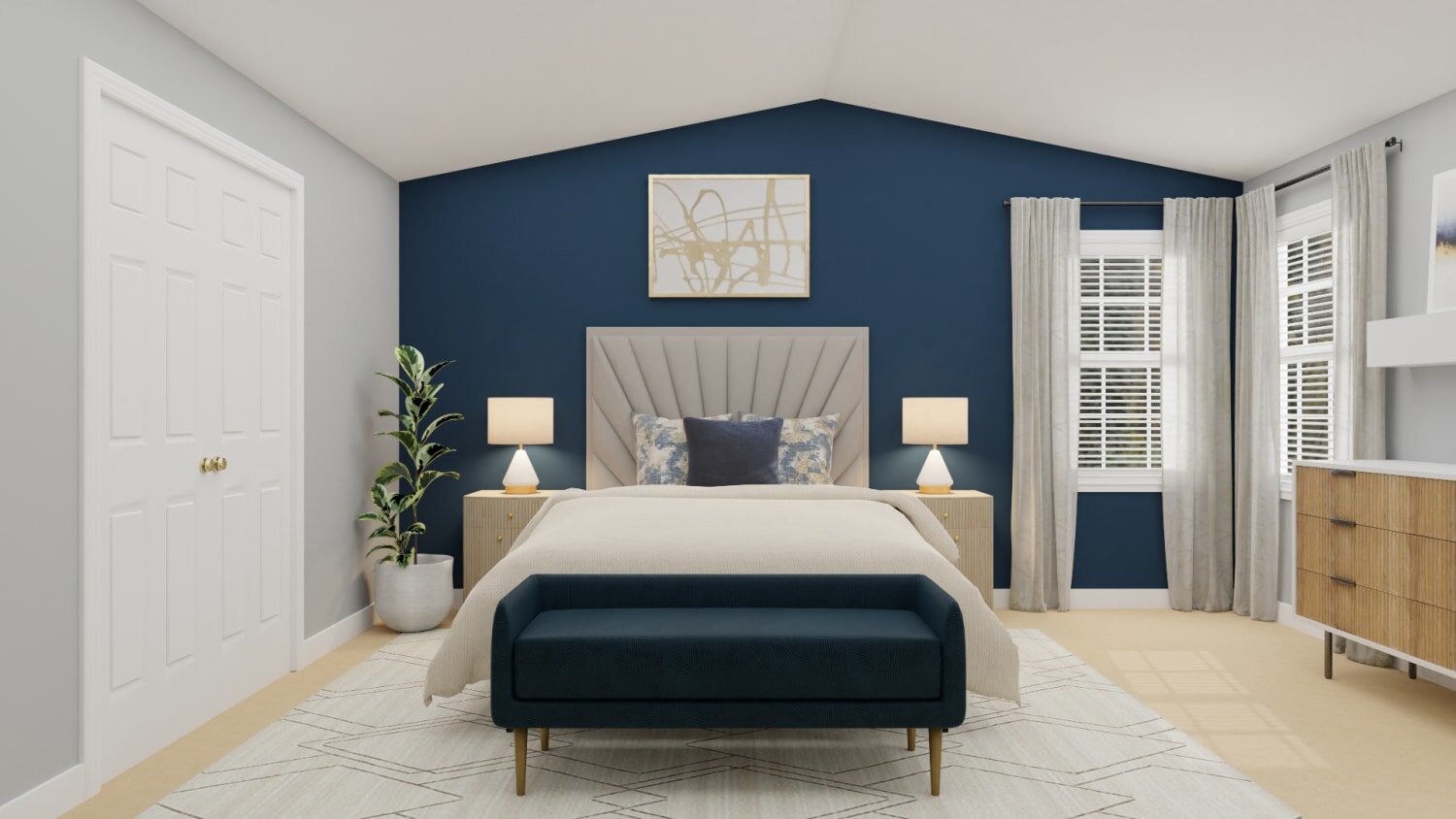
FAQs: Interior painting ideas
Which is the best color for interior house painting?
The best color depends on the mood you want to create. Neutrals like white, beige, and gray offer timeless appeal, while blues and greens add calmness.
What is the rule for interior paint color?
A common rule is the 60-30-10 rule:
60% dominant color (walls)
30% secondary color (furniture and decor)
10% accent color (trims and accessories)
What is the most popular paint color for interiors?
White, gray, and beige remain top choices for versatility. Soft blues and greens are gaining popularity for their soothing effects. Earthy tones bring warmth and a natural feel to interiors.
What is the rule for painting walls different colors?
Stick to cohesive color palettes to ensure a smooth transition between rooms.
Use accent walls to introduce bold colors without overwhelming the space.
Consider natural lighting, as it affects how colors appear.